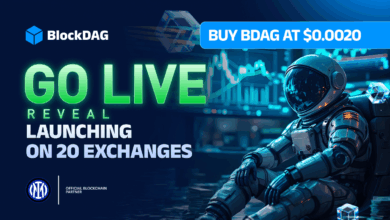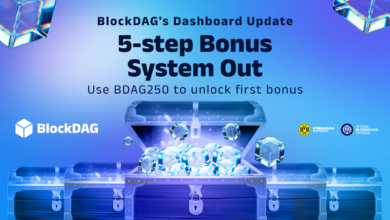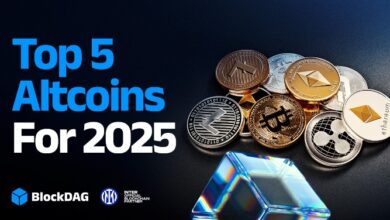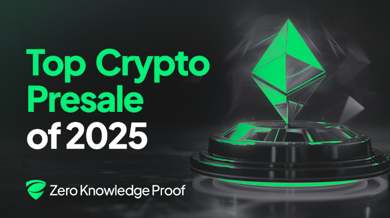
Ethereum, renowned as the largest platform for smart contracts, has been on a constant journey of evolution and improvement. With a pressing need to scale, Ethereum has taken a path that diverges from the expectations of decentralization purists. Today, the network leans heavily on off-chain solutions, utilizing roll-up techniques to enhance transaction processing capabilities and alleviate the load on the mainnet.
The Ethereum Layer-2 Boom
The shift towards off-chain solutions has sparked a remarkable boom in layer-2 platforms. According to insights from L2Beat, these solutions collectively manage assets exceeding $37 billion. At the forefront of this surge is Arbitrum, commanding over $13 billion in assets. Despite this impressive growth, the core issue of decentralization remains a topic of debate. Platforms like Arbitrum and Base, although gaining momentum, are still on the path to achieving full decentralization.
One of the critical challenges lies in the failure of developers to implement a decentralized fault-proof system or sequencer. This oversight presents a vulnerability within the broader Ethereum ecosystem. Public data indicates that Arbitrum operates with a permissioned fault-proof system, while Optimism had to withdraw after audits uncovered flaws. A fault-proof system, crucial in any layer-2 setup, ensures that transactions sent to the sequencer are valid, mirroring the scrutiny they would face on the mainnet. After validation, transactions are sequenced, batched, and confirmed on the mainnet, with a fee charged whenever Ethereum validators settle these batches.
Challenges in Decentralization
The decreasing transaction fees, following the activation of Dencun, pose a challenge. This trend of lower gas fees in a thriving layer-2 ecosystem could potentially dissuade validators. Nonetheless, analysts from Token Terminal are optimistic about an impending shift. They foresee a scenario where all Ethereum layer-2 platforms will eventually need to “buy” decentralization from mainnet validators. This development presents an opportunity, as there is a substantial pool of validators to choose from, with over one million validators currently securing the blockchain, according to Beaconcha.in.
Will L2s Have To Buy Decentralization From Mainnet Validators?
Token Terminal suggests that while layer-2 platforms could opt to build their decentralized validator networks, the process would be resource-intensive and complex. Instead, acquiring decentralization from a subset of Ethereum layer-1 validators may prove more feasible. This strategy would involve negotiations for better fees than those currently offered by the network, potentially boosting validators’ revenues significantly.
As the demand for layer-2 decentralization solutions escalates, the revenue stream for validators is expected to increase. This dynamic shift could redefine the Ethereum landscape, enhancing both scalability and decentralization.







